The brain-computer interface offers real-time feedback to boost rehab adherence.
Rehabilitation robots could help patients in the future by reading their neural activity via a headset.
The brain-computer interface offers real-time feedback to boost rehab adherence.
Rehabilitation robots could help patients in the future by reading their neural activity via a headset.
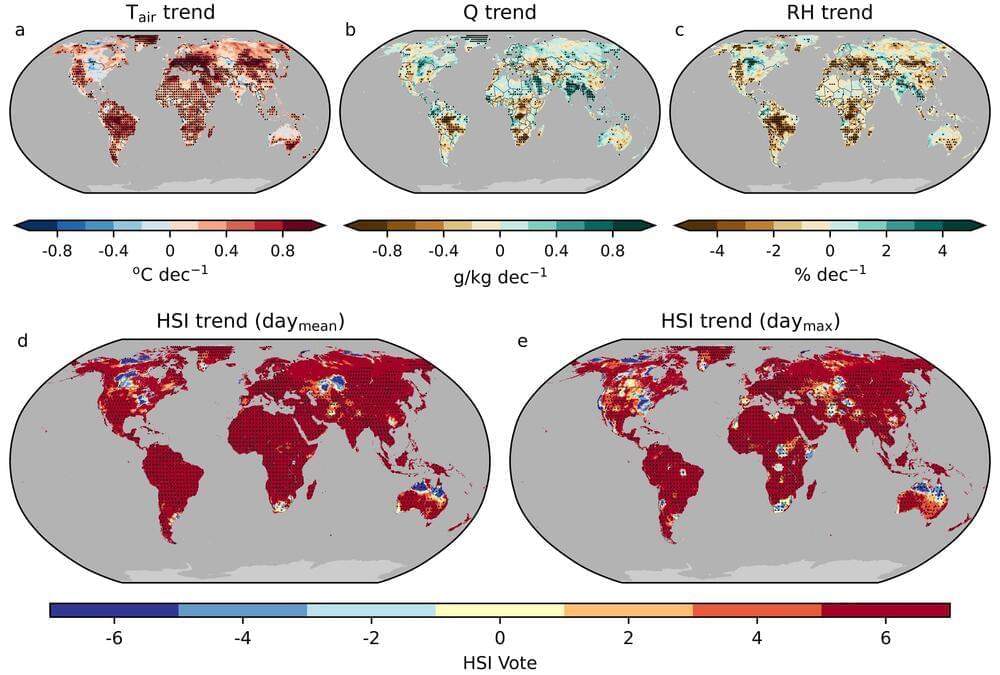
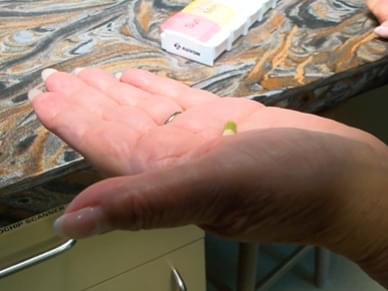
Next trial will be 10 dogs. And human trials for osteo-arthritis in late 2025.
SARASOTA, Fla. (WWSB) — We’ve all heard the phrase 50 is the new 40″ but what if 90 became the new 40? It may sound like science fiction but authors of a new age reversal study on dogs say it could be closer than you think.
One Suncoast rescue organization was granted permission to use the age reversal pill on two of it’s senior dogs struggling with health issues.
Less than six months ago, 12-year-old German Shepard Zeus was near death. His caretaker, Marsha Panuce at Donte’s Den in Myakka City, says she woke up one morning in March to find the dog clinging to life.
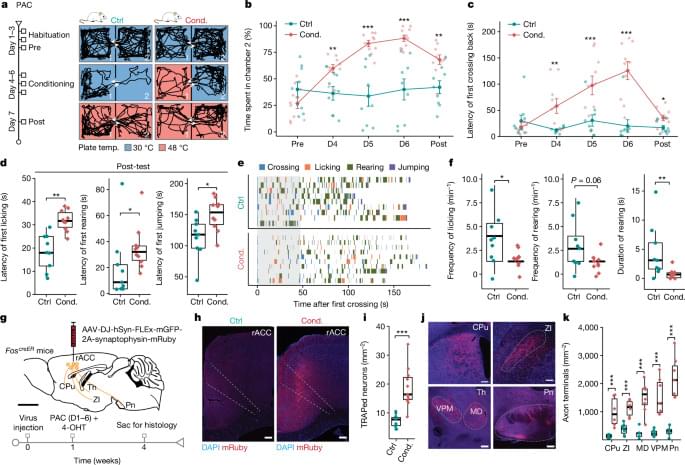
Enjoy the videos and music you love, upload original content, and share it all with friends, family, and the world on YouTube.
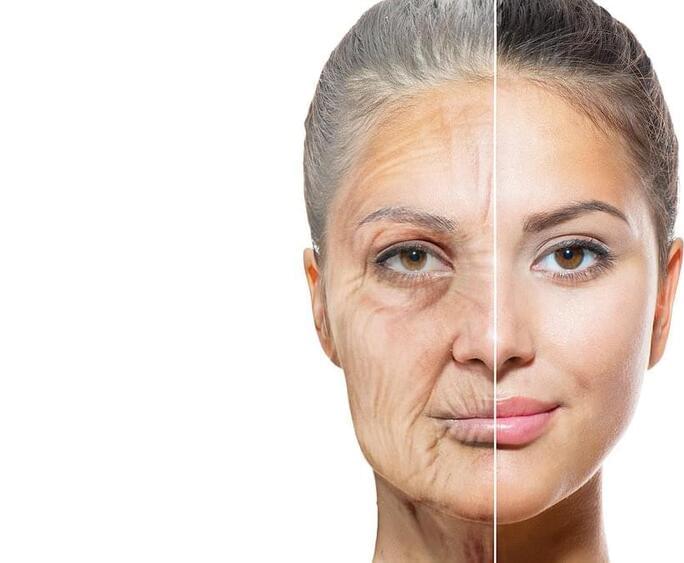
The new research harnesses previously unknown features of this ancient viral DNA, creating a biological clock to track a person’s age from the DNA’s chemical changes.
And the researchers now believe that new antiretroviral therapies, similar to those used to fight the HIV virus and AIDS, might one day help reverse the signs of aging.
‘Our findings indicate that retroelement clocks capture previously undetected facets of biological aging,’ said study co-author Dr Michael Corley, an assistant professor of immunology at Weill Cornell Medicine in New York.

#bioink could be used to #Print and #Grow #Lung #Tissue.
Researchers describe their success in creating a mucus-based bioink for 3D printing lung tissue. This advancement could one day help study and treat chronic lung conditions. scitechupdates.com/mucus-based-bi…
Lung diseases kill millions of people around the world each year. Treatment options are limited, and animal models for studying these illnesses and experimental medications are inadequate. Now, writing in ACS Applied Bio Materials, researchers describe their success in creating a mucus-based bioink for 3D printing lung tissue. This advancement could one day help study and treat chronic lung conditions.
While some people with lung diseases receive transplants, donor organs remain in short supply. As an alternative, medications and other treatments can be used to manage symptoms, but no cure is available for disorders such as chronic obstructive pulmonary disease and cystic fibrosis. Researchers continue to seek better medications, often relying on testing in rodents. But these animal models may only partially capture the complexities of pulmonary diseases in humans, and they might not accurately predict the safety and efficacy of new drugs.
Meanwhile, bioengineers are exploring the production of lung tissue in the lab, either as a more accurate model to study human lungs or as a potential material to use in implants. One technique involves 3D printing structures that mimic human tissue, but designing a suitable bioink to support cell growth remains challenging. So, Ashok Raichur and colleagues set out to overcome this obstacle.
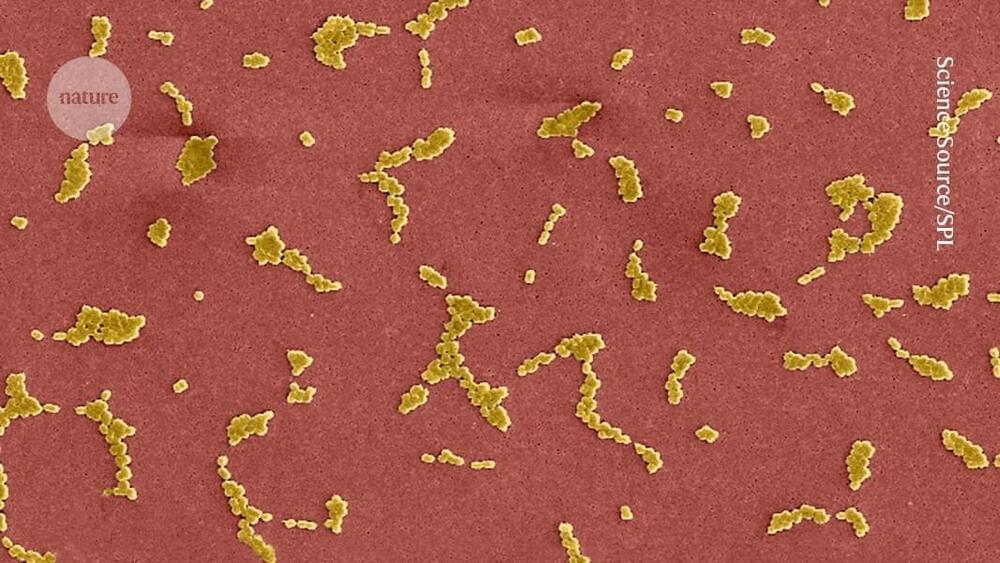

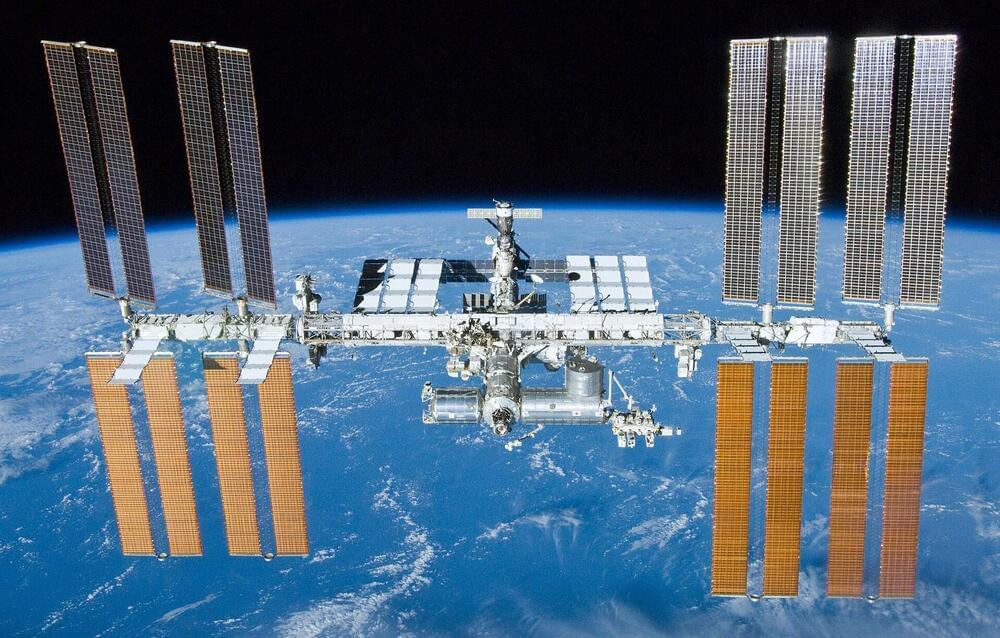
“Space-based research has a long history of contributing to advancements on Earth,” said Dr. Lisa Carnell.
The International Space Station (ISS) has been a beacon of scientific and medical research ever since the station’s first module was launched in 1999, as astronauts continue to push the boundaries regarding microgravity research that has contributed to advancing science and medical knowledge back on Earth. To continue this, NASA and the ISS National Laboratory recently announced a partnership through the ISS National Lab Research Announcement (NLRA) 2024-09: Igniting Innovation: Science in Space to Cure Disease on Earth that will provide up to $4 million with the goal of helping to advance disease diagnosis and treatment back on Earth.
Through collaboration between government agencies, industry, and academia, the NLRA hopes to accomplish several objectives pertaining to developing medical technologies on Earth, including disease mechanism models, population and disease diversity, drug discovery & development, drug delivery, and drug resistance. This announcement comes after the ISS National Laboratory announced in July 2024 that five projects were selected for the Cancer Research in Space for Life on Earth with the goal of providing $7 million in grants to advance cancer research in microgravity onboard the ISS.